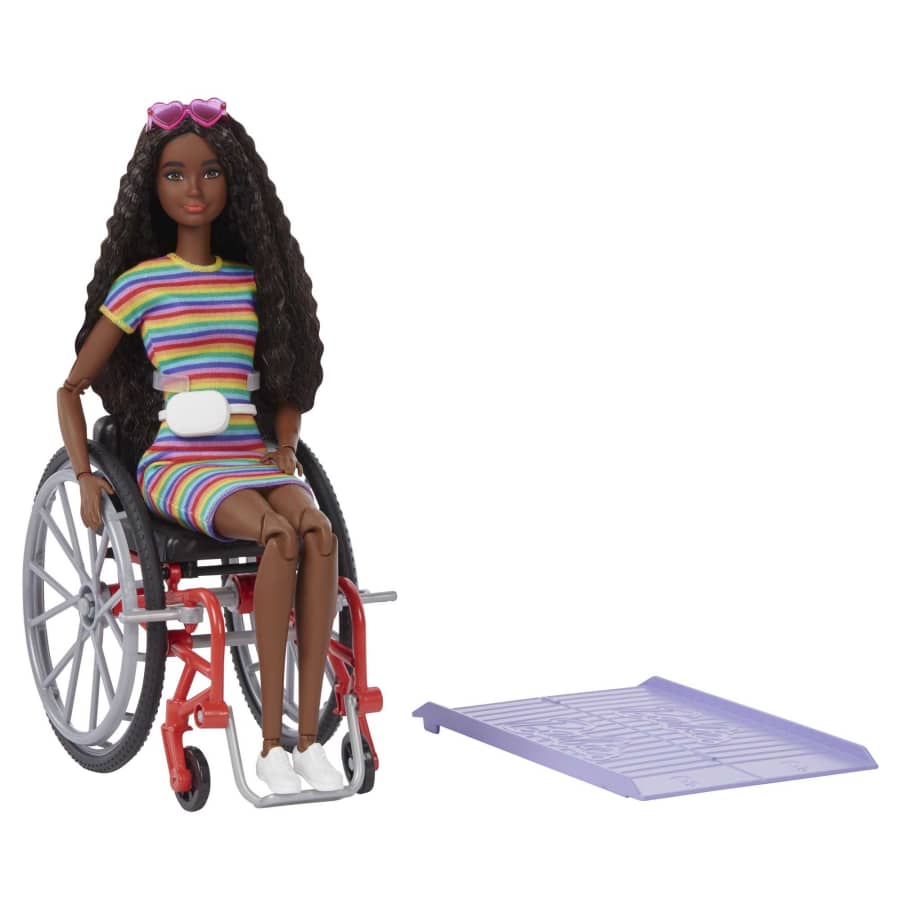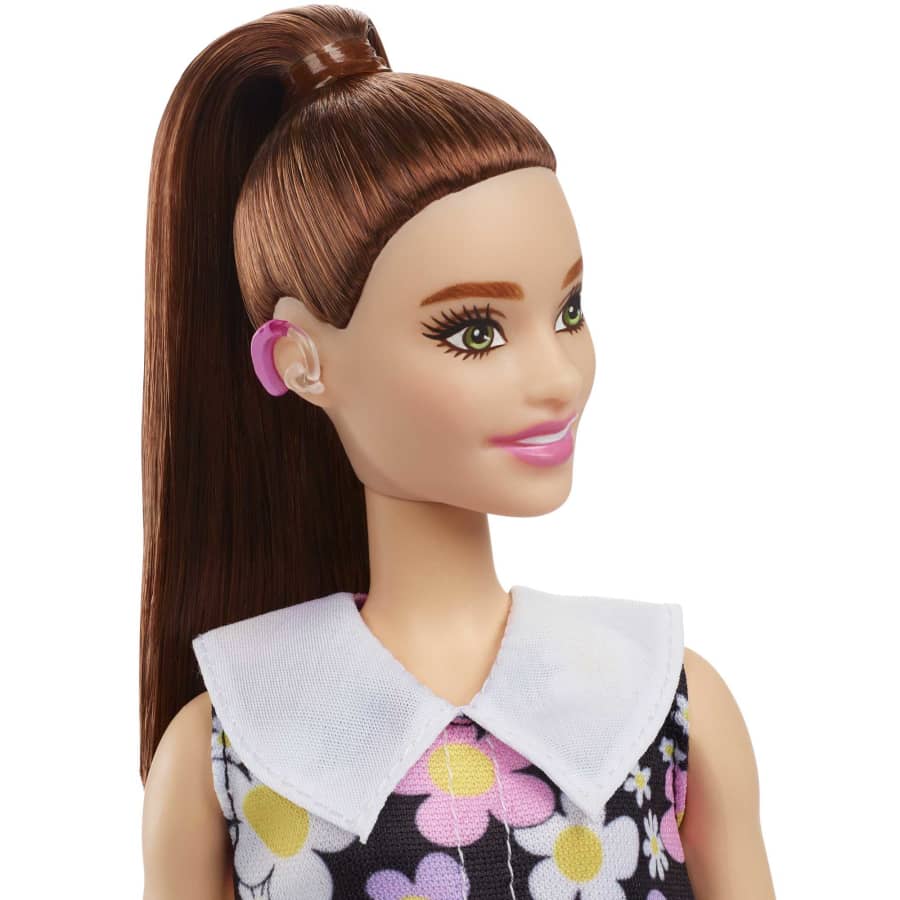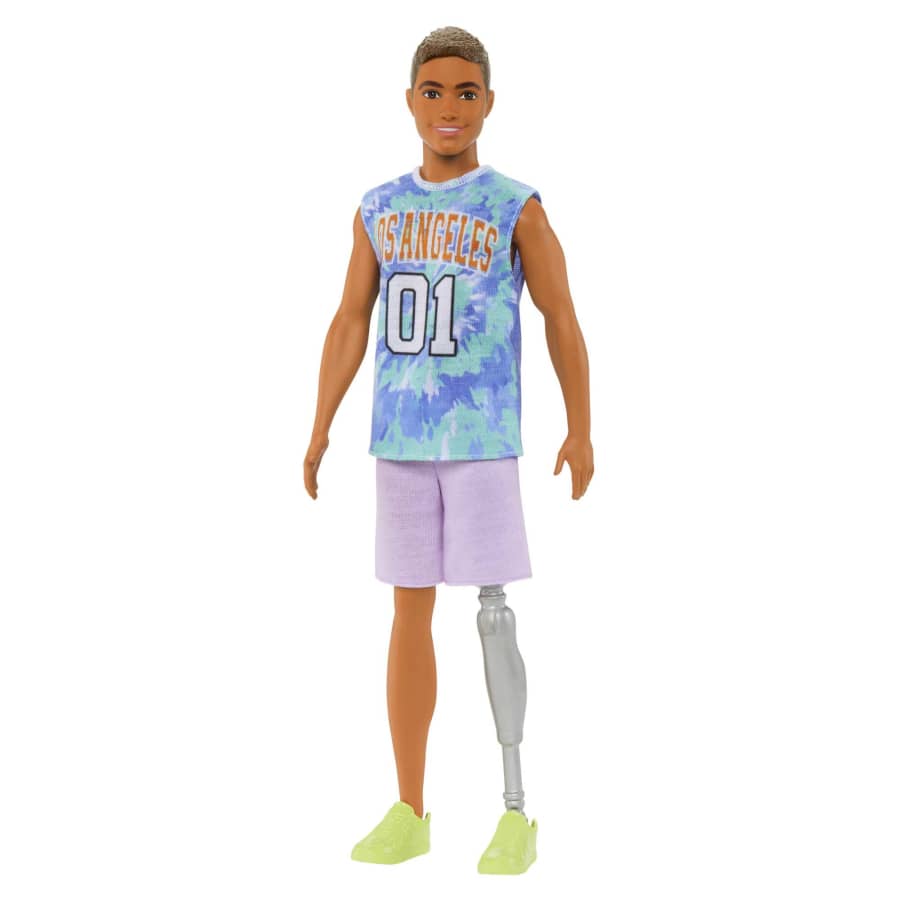Ruth Handler wasn’t a homely woman, raising her babies and doing the housework. She was out co-founding a business with her husband that would later take the world by storm. That business was Mattel, started in 1945 and now an international toy enterprise. Ruth never played with dolls herself, but she knew her market. Returning from work, Handler watched her daughter playing with these little paper dolls. You had to cut them out along with their separate clothes, which you then had to attach. She played with them for hours and hours. They’re fiddly and annoying. They aren’t fun. Quite rightly, Handler thought her daughter deserved better.
It was the ’50s, and baby dolls were the one of the most popular toys of the time. Handler wanted her daughter to think that she could be anything growing up, not just a mother and a wife. That wasn’t all that she was, and it wasn’t all she wanted for her daughter. So, in 1959, the first Barbie doll was released. A doll to reflect the modern woman of the time. Barbie wore what she wanted, went where she wanted, and wasn’t relying on a man to look after her.
Fast forward 60 years, and Barbie has had every career going. She wasn’t simply dressing up and going to fancy parties with her tag-along, afterthought boyfriend, Ken. No. She went to the moon. And she did it years before Neil Armstrong did in real life. Laziness on his part if you ask me. She has been a paramedic, a pilot in the Air Force, and a president of the United States. With the world accepting that women could do anything, Barbie was there to inspire upcoming generations.
In 2015, the Fashionistas line had hundreds of new designs. There were Barbies with different shapes, skin tones, and heights. This included dolls without hair, some with vitiligo, and a cornrowed Ken. By 2019, dolls were released reflecting disabilities as well, featuring those using wheelchairs, hearing aids, and prosthetics. In the UK, the top two bestselling Fashionista dolls were in fact the ones using wheelchairs.



“Barbie has continued to evolve over the years to better reflect the world girls see today, adding more diversity for endless storytelling possibilities,” Mattel said on their Barbie website.
So, of course, this had to come up in the Barbie film, showing exactly how far times have changed. One of the first scenes is a sequence of very different women, with a voice-over declaring “this is Barbie” for each one of them.
Because Barbie is every woman. Even from the start, her creation wasn’t about her being blonde and white. She was about the joy of growing up and the freedom to do whatever they desired. Not being confined by ideas of gender or disability. She represented a wider world to those who play with dolls. As such, she was always meant to change and embrace all looks and aspects of womanhood.
As I finish writing, I too am embracing these aspects before going to view the film in all its technicolor glory. In an Oppenheimer hat.

Later days,
Petrus

